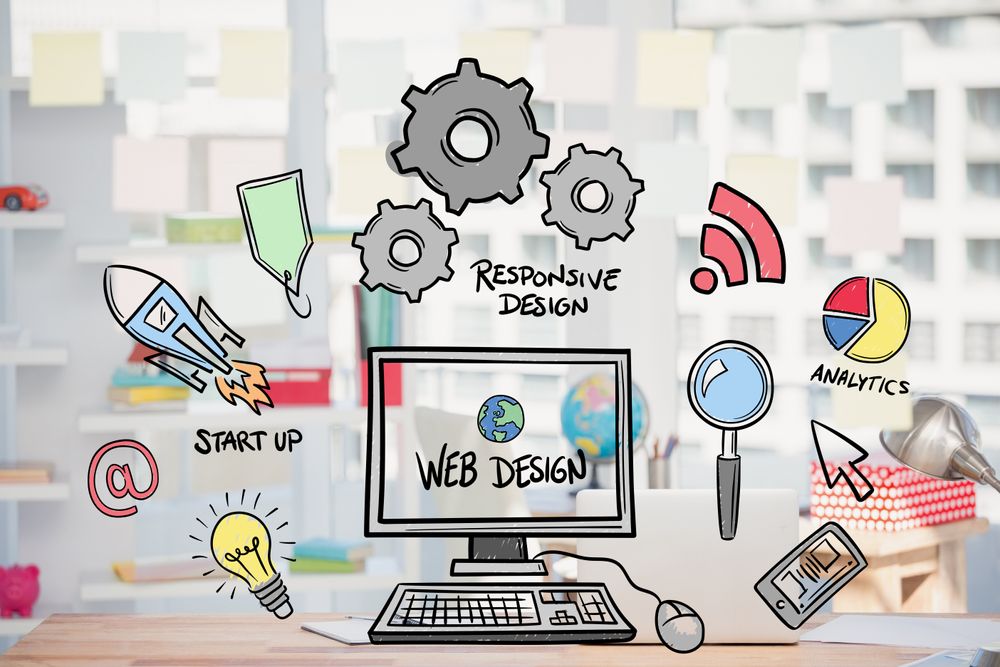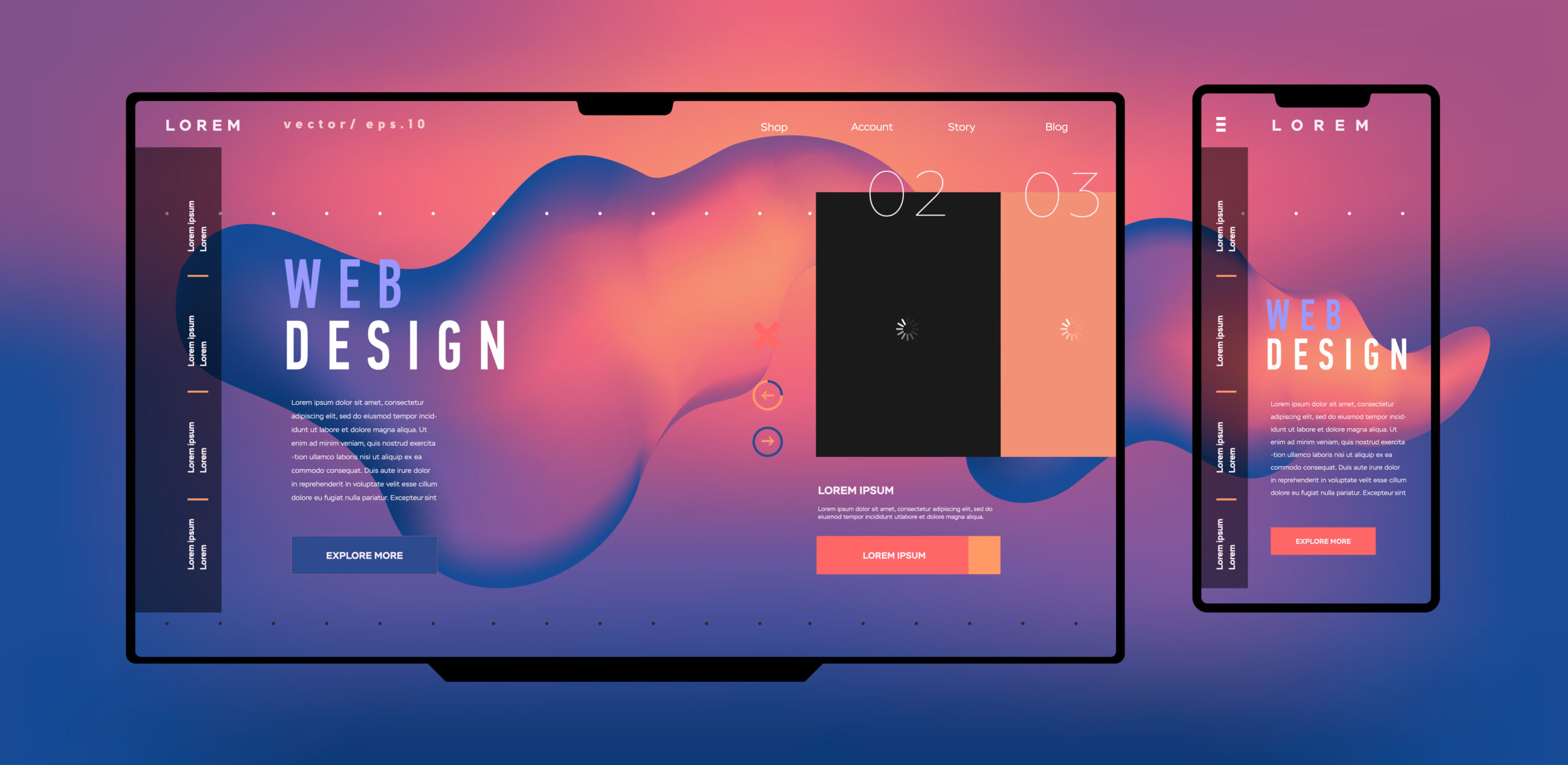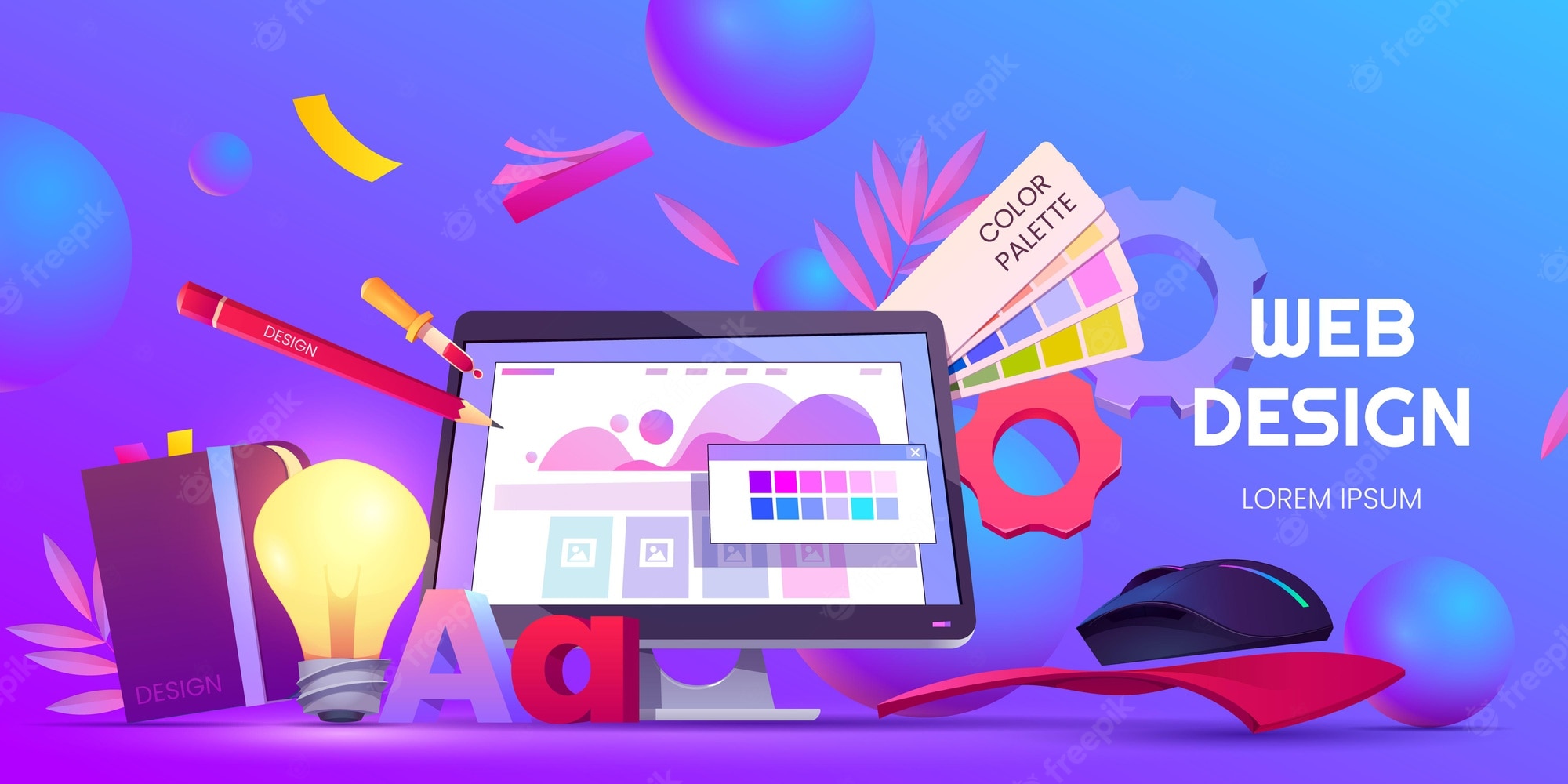The Significance of User Experience in Efficient Web Design Strategies
User experience (UX) acts as a cornerstone in effective web design approaches. It forms how customers connect with a website, influencing their fulfillment and possibility of returning. A well-designed UX can boost engagement with instinctive navigation and receptive formats. Nevertheless, overlooking these elements might lead to irritation and enhanced bounce rates. Understanding the details of UX is necessary for designers intending to produce engaging digital experiences that resonate with diverse target markets. What aspects really drive successful user interaction?
Understanding User Experience and Its Influence on Style
Although user experience (UX) is often perceived as a mere element of web design, it basically forms just how customers communicate with a website. UX encompasses all facets of the user's interaction, including functionality, access, and total contentment. A positive UX fosters interaction, motivating individuals to discover the website and return in the future. Conversely, an adverse experience can bring about stress, leading to high bounce prices and shed opportunities for conversion.
Style components like material, navigation, and layout organization play crucial roles in forming this experience. Efficient UX design prepares for user requirements and preferences, ensuring that details is quickly available and visually enticing. Furthermore, understanding user habits through analytics can give useful understandings, notifying design decisions that boost use. Eventually, a thorough understanding of UX enables designers to create web sites that not just bring in individuals however also advertise purposeful interactions that straighten with organization objectives and user expectations.
Trick Concepts of Efficient User Experience
Effective user experience pivots on numerous essential concepts that enhance web site functionality and involvement. User-friendly navigation layout, receptive layout basics, and the relevance of visual power structure are vital aspects that add to a seamless communication between users and internet material. Understanding these principles enables designers to develop even more obtainable and straightforward digital atmospheres.
User-friendly Navigating Style
Intuitive navigation style serves as an important portal to their total experience when customers experience a site. Efficient navigation allows users to easily locate the details they look for, boosting their interaction with the site. Secret concepts include clear labeling, logical company, and constant placement of navigation aspects. Labels need to be uncomplicated, permitting individuals to predict the material they will certainly locate. A well-structured hierarchy assists individuals comprehend the partnership between different areas, assisting them with the site perfectly. Additionally, receptive menus and easily obtainable web links add to a liquid experience throughout gadgets. By prioritizing intuitive navigating, designers can considerably minimize user frustration and boost engagement, inevitably promoting a favorable understanding of the web site and its web content.
Receptive Design Fundamentals
A well-structured navigating system normally causes the requirement for a responsive layout, which is vital in today's varied digital landscape. A responsive format warranties that websites feature effortlessly throughout different devices, consisting of desktop computers, smartphones, and tablets. This flexibility improves user experience by allowing web content to be visually coherent and quickly obtainable, no matter of screen dimension. Key concepts of responsive layout consist of fluid grids, versatile pictures, and media inquiries, which facilitate perfect viewing. Additionally, focusing on touch-friendly elements boosts communication on smart phones. By executing a receptive format, developers can fit customers' needs, lessen bounce prices, and rise interaction. Inevitably, a well-executed responsive style cultivates a positive user experience, urging visitors to explore the internet site additionally.
Aesthetic Hierarchy Value
Aesthetic power structure plays a vital duty in guiding customers with a website, guaranteeing that critical information captures their attention. By tactically making use of size, spacing, shade, and contrast, designers can produce a clear path for customers to follow. Bigger components usually attract the eye, suggesting their significance, while contrasting shades can highlight contact us to action. Additionally, consistent alignment and collection of associated material improve comprehension, making navigation intuitive. Effective usage of visual hierarchy not only improves usability yet also sustains the total aesthetic of the site, fostering a positive user experience. When individuals can easily determine the most essential details, they are more likely to engage with the web content, resulting in enhanced satisfaction and communication with the site.
The Duty of Usability in Web Design
Functionality plays an important function in web design, specifically with navigation simpleness and adherence to access requirements. Effective navigation boosts user fulfillment by enabling site visitors to discover information promptly and intuitively. On the other hand, conference availability standards assures that all users, no matter of their abilities, can successfully communicate with the internet site.
Navigation Simpleness
Simplicity in navigation stands as a keystone of effective web design, considerably influencing user experience. A structured navigation system permits individuals to discover info rapidly and intuitively, decreasing irritation and boosting satisfaction. Clear labeling and sensible structure are vital components, leading customers easily with the web site. Repetitive links or extremely complex menus can disorient individuals, bring about enhanced bounce rates. In addition, mobile responsiveness must be thought about, making sure navigating stays simple throughout devices. Prioritizing necessary pages and minimizing clutter further sustains user involvement. Efficient navigation not only promotes a favorable experience yet likewise urges customers to discover the website better, eventually resulting in greater conversion rates. In this respect, navigation simpleness acts as an important aspect in the general efficiency of web design methods.
Availability Standards
User engagement is greatly boosted when internet sites stick to ease of access standards, ensuring that all individuals, no matter their abilities, can browse and engage successfully. Compliance with these criteria not only expands the audience yet also enhances overall user complete satisfaction. Accessible layout integrates features such as message options for pictures, keyboard navigating, and adequate color comparison, which help with use by people my link with handicaps. Furthermore, executing these criteria can favorably impact Website Design Agency search engine optimization (SEO) by enhancing website structure and clarity. As web design advances, prioritizing availability comes to be crucial in fostering an inclusive electronic setting. By welcoming these standards, designers add to a much more equitable web, inevitably driving user loyalty and interaction.
Importance of Responsive Style for User Interaction
As consumers progressively accessibility websites with a selection of devices, the importance of responsive layout comes to be paramount for engaging users successfully. Responsive design guarantees that a site adjusts effortlessly to different screen sizes, providing an optimal viewing experience no matter of the gadget used. This adaptability boosts user involvement by assisting in much easier navigation and communication with material.
When individuals encounter an internet site that is receptive, they are more probable to stay longer, explore even more, and return in the future. A properly designed receptive design lessens the frustration frequently associated with zooming and scrolling on smaller sized screens, thereby reducing bounce prices. In addition, receptive style can favorably affect internet search engine positions, as online search engine prioritize mobile-friendly websites. In today's electronic landscape, where mobile use continues to rise, executing responsive layout is not simply useful, however vital for preserving user engagement and assuring a favorable experience across all gadgets.
Enhancing Load Times for Better User Complete Satisfaction

To enhance lots times, web developers need to prioritize optimizing images, leveraging internet browser caching, and lessening HTTP requests. Additionally, utilizing Material Distribution Networks (CDNs) can accelerate content delivery by dispersing it throughout various geographic locations. Enhancing code, such as pressing CSS and JavaScript data, additionally adds to quicker packing speeds.
Eventually, a dedication to enhancing tons times not just improves user satisfaction but also strengthens brand loyalty and enhances the chance of repeat brows through. A swift, seamless experience is crucial for preserving individuals and promoting favorable interactions.
The Impact of Visual Power Structure on User Communication
Visual hierarchy works as a vital aspect in assisting user interaction on an internet site. By organizing web content in a manner that focuses on information visually, developers can affect exactly how individuals navigate and engage with websites a site. This hierarchy is developed with different layout strategies, including dimension, shade, spacing, and contrast. As an example, larger font styles or strong shades draw attention to critical components, such as phone call to action or headlines, while subdued shades and smaller fonts can indicate subordinate information.
Effective aesthetic pecking order aids users rapidly recognize what is essential, minimizing cognitive lots and enhancing functionality. It allows for user-friendly navigating, making it easier for users to discover what they require without disappointment. As users engage with a website, a well-structured visual power structure fosters a more gratifying experience, inevitably causing greater involvement and conversion prices. Designers need to focus on these principles to create a effective and user-centered web environment.
Determining User Experience: Devices and Strategies

Frequently Asked Questions
Exactly How Can I Improve My Internet site's User Experience on a Budget?
To boost an internet site's user experience on a budget plan, one can optimize web page tons speed, simplify navigation, implement responsive design, boost content quality, and gather user comments for constant improvements, ensuring an enjoyable visitor experience.
What Are Typical User Experience Blunders to Avoid in Web Design?
Common user experience mistakes in web design include cluttered layouts, poor navigation, sluggish packing times, lack of mobile responsiveness, neglecting access, irregular branding, and falling short to focus on user responses - Web Design Agency. Each can significantly hinder overall site effectiveness
Just how Usually Should I Update My Website for Better User Experience?
Internet sites must be updated routinely, preferably every few months, to preserve ideal user experience. Frequent updates help address functionality problems, revitalize material, and adjust to altering user needs, making sure the site remains appealing and relevant.

Can User Experience Impact Search Engine Optimization Rankings on My Website?
User experience can considerably impact search engine optimization positions, as online search engine prioritize websites that use smooth navigation, fast loading times, and appealing web content. A positive user experience can result in lower bounce prices and higher search exposure.
What Duty Does Ease Of Access Play in User Experience Style?
Ease of access plays a crucial role in user experience style by guaranteeing that all people, despite abilities, can browse and connect with a web site effectively. This inclusivity enhances total satisfaction and interaction amongst diverse individuals.
User experience (UX) is often perceived as a mere aspect of web layout, it essentially shapes how users connect with a site. User interaction is greatly enhanced when internet sites adhere to availability criteria, making certain that all customers, no matter of their capacities, can browse and connect effectively. Measuring user experience (UX) is important for comprehending exactly how properly an internet site fulfills the demands of its individuals. Furthermore, functionality testing, where real users navigate the website while viewers note difficulties, offers straight responses on user experience. Typical user experience errors in web layout consist of messy layouts, poor navigating, sluggish loading times, absence of mobile responsiveness, overlooking availability, inconsistent branding, and failing to focus on user comments.